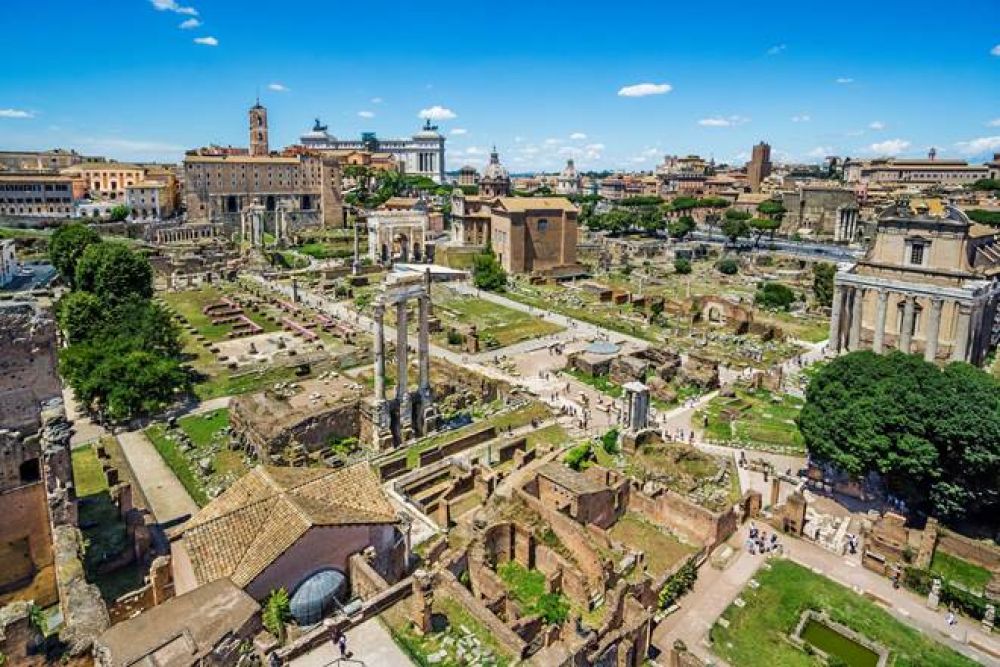

The Palatine Hill, one of the Seven Hills of Rome, is steeped in legend and history, being the site where Romulus supposedly founded the city in 753 BC. This hilltop has been a hub of human activity since as early as the 10th century BC, witnessing the evolution of Rome from a group of pastoral settlements to the heart of a vast empire.
In the early days of modern tourism, the Grand Tour, a cultural pilgrimage undertaken by young aristocrats of the 17th and 18th centuries, often included a visit to the famous ruins of the Palatine. By the mid-19th century, archaeological excavations drew greater interest, transforming the hill into a popular destination for travelers and scholars alike, intrigued by the prospect of unearthing the secrets of Ancient Rome.
As Italy unified and Rome became its capital in the latter half of the 19th century, the city saw a surge in preservation and study of its heritage sites. The Palatine Hill, with its impressive remains of imperial palaces, was among the key attractions. Since then, tourists have flocked to immerse themselves in the awe-inspiring narratives framed by its ancient stones.
In the 20th century, with the advent of mass tourism, Palatine Hill's importance as part of the historic center of Rome was recognized globally, culminating in its designation as part of the UNESCO World Heritage Site list in 1980. Visitors from all corners of the globe walk through its paths, exploring the ruins of palatial complexes, such as those of Emperors Augustus and Domitian, and the legendary hut of Romulus.
In recent years, there has been a significant emphasis on sustainable tourism practices. Efforts have been made to balance the preservation of this historically important site with the needs of the large numbers of tourists it attracts. Initiatives include restricted access to certain areas to prevent erosion, guided tours to reduce the impact of foot traffic, and the use of technology to enhance the visitor experience without compromising the site's integrity.
Virtual reality experiences, which allow visitors to see the ruins as they once were, have become increasingly popular. These digital reconstructions provide a powerful connection to the past and are part of a broader trend in tourism that leverages technology for educational and conservation purposes.
Today, Palatine Hill remains a must-visit destination for those exploring Rome. It offers spectacular views of the Roman Forum and the Circus Maximus. Museums within the area, such as the Palatine Museum, enrich the experience, displaying artifacts unearthed from the site. The blend of captivating history, archaeology, and technology makes a visit to Palatine Hill a profound journey through time — an experience that continues to evolve alongside trends in the global travel industry.